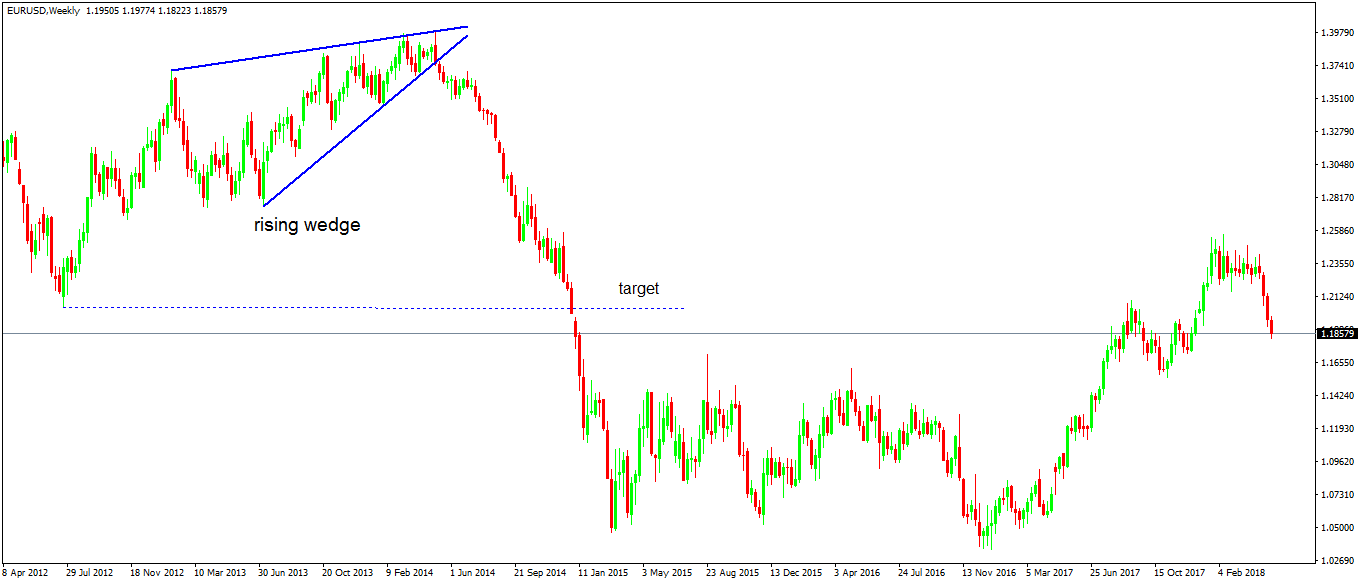How to Hedge a Trading Account
Part of the advanced money management techniques, hedging refers to minimizing the risks in a Forex trading account. More precisely, the risk is diminished by lowering the exposure either when trading a currency pair, currency, or similar correlated products.
Before going into details regarding the types of hedging and how to actually hedge a Forex trading account, we need to define why the need for hedging arise. Also, while part of advanced money management, hedging is perceived as a risky trading approach. Isn’t it ironic?
In some parts of the world, more precisely in the United States, hedging is risky business. So dangerous, that the financial regulator, the Security and Exchange Commissions (SEC) decided to forbid it.

Hence, the SEC imposed brokers to eliminate hedging from the features offered in a Forex trading account. The reason for the limitation comes, yet again, from human nature.
The money management aspect of hedging is one thing, but most of the retail traders aren’t aware of it. Instead, most retail traders hedge an account out of fear of losing money.

It is no wonder that once the SEC eliminated hedging from the trading account, the problem Forex brokers faced was to find a new trading platform to serve this purpose. Luckily, the MT5 was developed just in time, as it was built with the clear intention to solve both the hedging issue as well as another regulation imposed by the SEC – the FIFO (First in First Out) rule.
According to this rule, traders can close trades only in the order of their opening. While for some strategies it is a curse, for the overall money management provided by the retail trader it is a blessing, as it limits the potential loss.
However, everything discussed so far about hedging looks at the “dark side” of it. Or, only at the fundamental hedging technique: to trade the same thing in opposite direction from the same trading account.
But this is not the hedging we’re referring to as a pillar of money management. Or, at least, not all of it.
Types of Hedging
Many kinds of hedging form an integral part of the trading strategy. Hedging as a money management technique offers plenty of opportunities, strongly related to the trading strategy.
For example, we’ve already covered multiple technical analysis strategies in this trading academy. Trading with divergences, or moving averages, Elliott Waves, triangles, and so on.
No one says you can’t trade the same pattern on different timeframes and the same currency pair. Take the rising and falling wedges.
We know that a rising wedge is falling, and a falling wedge is rising. Or, that one is bearish and the other bullish.
How about trading a rising wedge pattern on the monthly chart and at the same time a falling one on the five minutes chart? And, on the same currency pair?

This is the EURUSD monthly chart. At one moment of time, it formed a fantastic rising wedge, providing one of the biggest short trade opportunities in the recent years.
But the timeframe is a big one, and different trading styles exist. For example, then, being short on the EURUSD was expensive. To keep positions open overnight cost a negative swap, meaning at the end of every trading day, a small amount was deducted from the balance of the trading account.
Hence, traders look for covering the costs of a trade. The rising wedge setup called for a target well below 1.23, and, according to the timeframe, it needed time to reach it.
It did reach it, but it took two years or so. What to do with the adjacent costs?
One answer comes from hedging. Or, trading on lower timeframes, on small timeframes, in the opposite direction of the original trade.
Is it that difficult to imagine that falling wedges did form those two years on the hourly or five-minutes chart? And if so, why not profit and use the proceeds to cover the costs of keeping the more significant trade, the primary investment, alive?
This example aimed at explaining the need for hedging as a trading strategy and as a money management tool, or a tool to balance the trading account.

Full Hedging in Forex Trading
This is what the SEC forbids: to trade the same currency pair at the same time in opposite directions. But full hedging refers to trading the same currency pair, at the same time, in different directions, and with the same volume.
If you do that, the trading account “freezes.” No movement appears anymore as regardless if the market rises or falls, the equity remains the same.
However, in time, the drawdown is that the negative swaps will force traders to get out of the full hedge.
Full hedging is perceived as being risky because it comes out of desperation. As explained earlier, most of the times traders engage in full hedging because they fear of cutting the loss. And, they hedge with the hope of gaining time to see what happens next.
But full hedging does represent a right approach, as anyone can be wrong in an analysis. Hedging a position frees margin. Next, traders use the free margin to trade something else, and with the proceeds, they cover the commissions and other expenses incurred by the hedge.
Finally, the more profits grow, they’ll conditionally close the hedge, step by step, equal parts from both the long and short side, until trust rebuilds.
One can argue here that the same can be done by closing all positions instead of hedging. True, but the traders then lose something more valuable than money: trust.
Partial Hedging in Forex Trading
Partial hedging refers to taking some risk off the table. In a trade, for example, one lot in one direction, and then half of a lot in the other direction.
It makes sense only if the trades aren’t generated or taken at the same time. Hence, different levels and moments of time during the trading day give different opportunities.
Note that despite the SEC requirements, traders do hedge on American soil. The obvious solution is to open a trading account with multiple brokerage houses and split the portfolio into equal parts between the brokers. This way, traders also spread the risk posed by putting all the money into one brokerage house and can easily trade on both sides of the market with the same currency pairs.
Smart Hedging
This approach refers to trading correlated products. Take the U.S. Dollar, for example.
If one is bullish on the dollar in general, but bullish on the EURUSD pair too, it has a problem of how to approach the market. It may be merely a matter of time before both scenarios prove right.
For instance, the EURUSD may trade higher for the next month, then consolidate the levels, until the U.S. Dollar index makes a move higher. Hence, both trades were right, but the timing was the only thing that differed in this Forex trading scenario.
By trading correlated products, traders diminish the risk in the trading account. How about being long EURUSD one lot, but also buying half of a lot USDCAD?
Typically, inversely correlated product, the move balances the trading account in such a way to give it leverage ahead of U.S. Dollar critical economic events.
Conclusion
The reason for using so many examples was to illustrate that hedging does make sense if it belongs to a strategy. Just buying and selling for the sake of opening positions won’t get you anywhere.
The art of speculation is full of tips and tricks that help traders find the shortest way to cut losses quickly and let the profits run. That’s part of money management.


